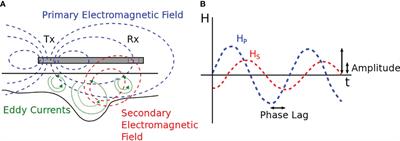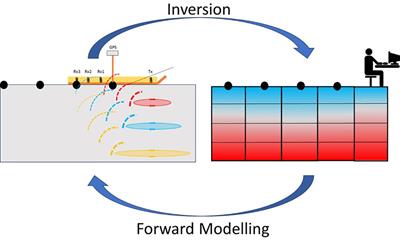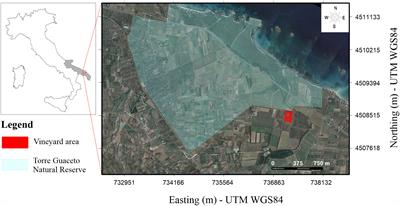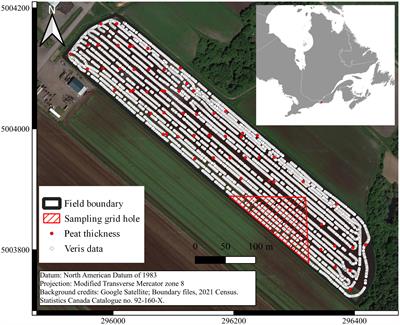EDITORIAL
Published on 17 Dec 2024
Editorial: Digital soil mapping using electromagnetic sensors
doi 10.3389/fsoil.2024.1536797
- 475 views
2,160
Total downloads
10k
Total views and downloads
EDITORIAL
Published on 17 Dec 2024
ORIGINAL RESEARCH
Published on 15 Mar 2024

ORIGINAL RESEARCH
Published on 15 Feb 2024

ORIGINAL RESEARCH
Published on 17 Jan 2024

ORIGINAL RESEARCH
Published on 01 Dec 2023
